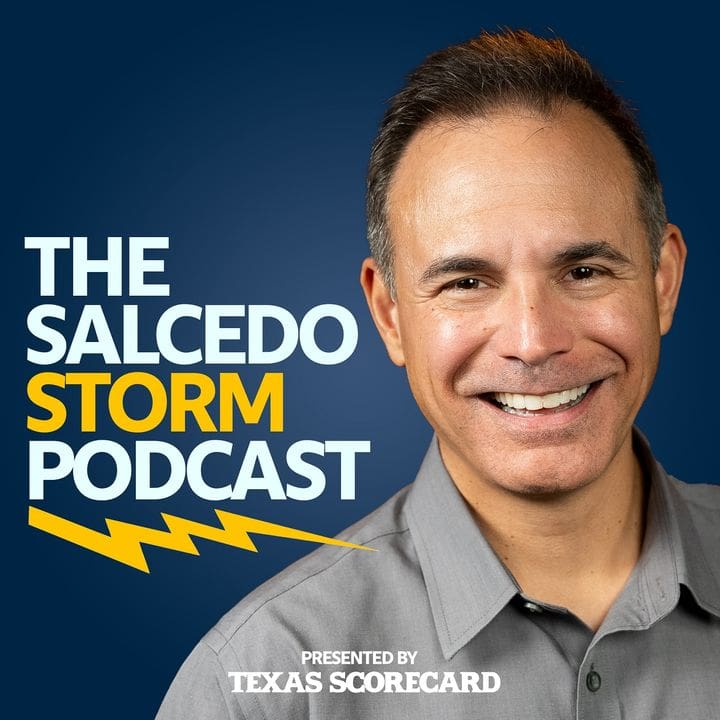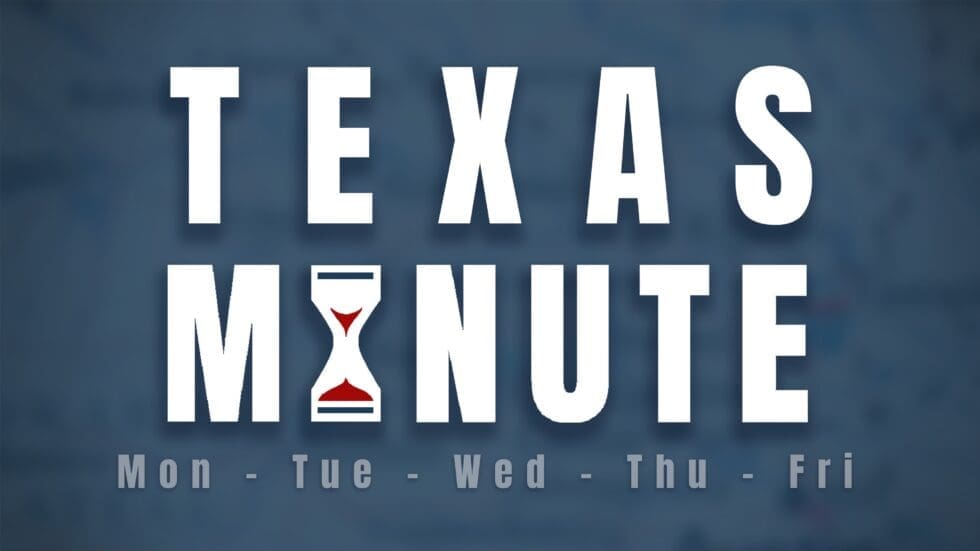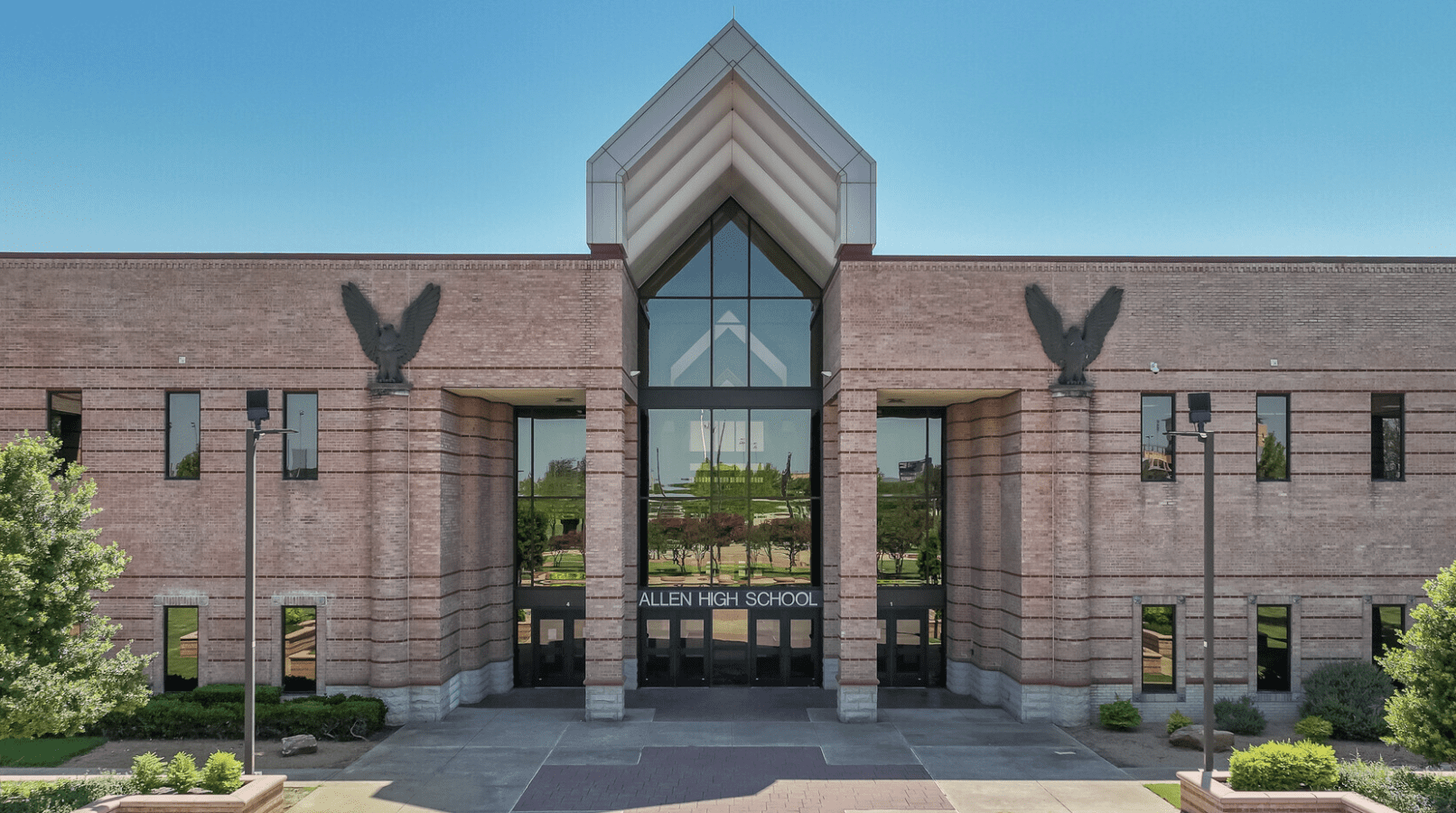Taxpayers in one North Texas school district are already on the hook for $1.5 billion in outstanding debt – over $28,000 per student – that they’ll have to repay with property taxes. Now the district is asking voters in 2017 for an additional $1 billion.
School bonds are used to pay for buildings and equipment, not operating costs such as teachers’ salaries or other staff. Despite already approving a massive bond in 2008, Lewisville ISD voters are being asked to approve an additional $737.5 million in new debt, plus interest, for what the superintendent called a “basic, no-frills bond package” to fund over 30 new projects.
LISD’s superintendent, Dr. Kevin Rogers, says the three-quarters of a billion dollars’ worth of projects “are needed to provide a well-rounded education” for LISD’s 53,000 students.
Those projects include three new school buildings, maintenance and renovations of existing buildings, plus a new Career and Technology Center – a popular item on school districts’ wish lists these days.

The all-or-nothing bond also includes hundreds of millions of dollars for extracurricular projects: several new additions and upgrades to athletic facilities, two new “multi-purpose” facilities, and “fine arts” additions and renovations. Some of these items might sound like “frills” to the taxpayers footing the bill.
LISD Vice President Tracy Scott Miller defended the inclusion of non-education items like sports facilities and theaters in the bond package by claiming they “keep students in school:”
“Our job is to graduate students,” Miller said. “It’s those types of things that keep students in school… These extracurricular activities allow people to stay in school.”
Miller is up for re-election to his Place 6 LISD board position and is on the May 6 ballot along with the $737.5 million bond proposition. LISD’s last bond issue was in 2008, for $697 million, plus interest. Miller said that money has all been spent and that projected growth justifies the massive new expenditures.
But does it?
Student enrollment has grown by only six percent (3,000 students) since 2008. But a 2015 report produced for LISD by Templeton Demographics projected the district “can expect an increase of approximately 400 students during the next five years.” That’s less than one percent growth in total enrollment. The projected enrollment growth over the next ten years is only 1,139 students, or just over two percent growth through 2025-26.
Yet the proposed hike in the debt tax rate – from the current 38 cents to an estimated 44.5 cents per $100 of assessed property value – is a 17 percent increase.
That tax rate increase is just one reason a group of concerned citizens is encouraging LISD residents to “Vote No” on the mega-bond. Lewisville C.A.R.E.S. (Citizens Acting for Responsible Education Spending) believes the bond is full of unnecessary projects and adds too much to the district’s already fiscally irresponsible debt level.
 LISD has the second-highest tax-supported debt per student compared to similar districts. If the $737 million bond passes, its debt will increase by 50 percent.
LISD has the second-highest tax-supported debt per student compared to similar districts. If the $737 million bond passes, its debt will increase by 50 percent.
The group is also concerned about the loss of neighborhood schools and that voters would be “essentially writing the district a blank check for $737 million dollars” if the bond passes:
“Vote No on this bond so the District and School Board can come back with a bond proposal we can all support. While several worthwhile projects are included in this bond proposal, the negative impact this bond will have on our community schools and district as a whole far outweighs the benefits.”
Miller maintained the board’s position that voting down the bond would be “a big mistake – this is an investment in the future of our kids.” Given that school officials’ wish list is growing while student enrollment seems to be slowing, voters may not agree that the district’s $737 million proposal is a wise, or necessary, one.
Other Texas school districts are making similar arguments for their mega-bond proposals, characterizing every dollar borrowed and spent as a must-have “investment.”
Clear Creek Independent School District is pushing a wasteful $487 million bond on the May ballot, even though the district is already nearly $1.2 billion in debt.
Round Rock’s school district is not only asking voters to approve $572 million in new debt, they’re using unethical – and possibly illegal – tactics to promote their borrow, spend, and tax proposals.
In Collin County, the community college put a $600 million bond proposition on the May ballot. But trustees have said they’ll go ahead with their massive “Master Plan” for expansion whether this bond passes or not.
Taxpayers concerned about rising tax burdens, irresponsible debt levels, and excessive spending by school officials need to make their voices heard by voting in their local elections on May 6.





